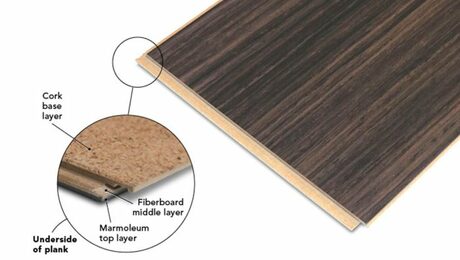Gardening
Creating and Aeroponics garden:
When creating Aeroponics garden one of the factors is insulating 40-55 gallon plastic drum with (reflective/radiant barrier) insulation to keep the temperature inside the barrels at constant 75 degrees.
Which insulation would you recommend to use?
GBA Detail Library
A collection of one thousand construction details organized by climate and house part










Replies
Powell,
I don't know very much about aeroponic gardening, but if your goal is to keep the liquid in a barrel at a constant temperature of 75 degrees F, there are many factors that you have to consider:
1. The temperature of the incoming water. (In some cases, the water temperature may be only 40 degrees or 45 degrees.)
2. The temperature of the air in the room where the tank is located.
3. The flow rate through the container. (Does the water just sit there all day? Or is there a fairly constant flow of, say, 2 gpm?)
If there is a big delta-T between the air temperature and the water temperature, insulation may be useful. If the incoming water is at a temperature below 75 degrees, however, and the air temperature is at 75 degrees, then insulation makes the situation worse.
Presumably, if precise temperature control is essential, your system will need a heater of some sort to address low water temperatures, and perhaps an air-to-water heat pump to address high water temperatures.
The best type of insulation (if indeed you do need insulation) for this application would probably be closed-cell spray foam.
I agree with Martin — closed cell spray foam is probably your best insulation option here. I’ve done this at work with chilled water tanks. You’ll need a contractor with good application skills if you want a smooth finished surface though. Roaming tanks is trickier than filling wall and ceiling cavities. A potential downside is I’ve only ever insulated steel tanks with spray foam. I don’t know if the foam will adhere well to polyethylene tanks so I’d recommend you do a test first to make sure the insulation will stay stuck.
For a cheaper option, you can get fiberglass batts that are encapsulated in plastic, essentially a big blanket with a plastic wrap. You could wrap the barrels with this material as a cheap option, but it won’t work as well as spray foam.
Don’t bother with a radiant barrier. In this application radiant barriers are unlikely to do much, unless you’re trying to keep the water from getting to hot in barrel that sits in the sun.
Rigid foam board won’t work well here due to the need to insulate round surfaces. You may be able to borrow a technique from the aquaponics guys though: build your tank with plywood and use a polyethylene sheet as a water proof liner. With a rectangular tank like this, you have flat sides where you can use rigid foam as insulation. I’d use either EPS or XPS here so that you don’t have to worry about wicking water from any spills.
Make sure the barrels you use are food grade in this application. If you are using used barrels you need to know what they were used for before to be sure you’re safe. I’ve gotten used barrels from apple cider places before (they smell like cider of vinegar, but they’re food grade and only had edible things inside in their original use).
Bill
Hi Martin,
Here are a few links that will give you an idea of Aeroponics, and why I asked about bubble wrap insulation.
NASA Developed Aeroponics:
https://www.youtube.com/watch?v=oIwzW0huBRA
https://www.youtube.com/watch?v=7j1JVg1kHVY
Backyard Aeroponics - need to start 11 minutes into video
https://www.youtube.com/watch?v=H4gsnFJRAB0&list=PL7JUzH18AsRXKD5WalekOL0gM57FjNcC1&index=25&t=0s
CBS News: How Aerofarms' vertical farms grow produce
https://www.youtube.com/watch?v=ME_rprRlmMM
EcoTec Reflective Insulation:
https://www.youtube.com/watch?v=nMoeqeyjUis&list=PL7JUzH18AsRXKD5WalekOL0gM57FjNcC1&index=73&t=0s
Jim